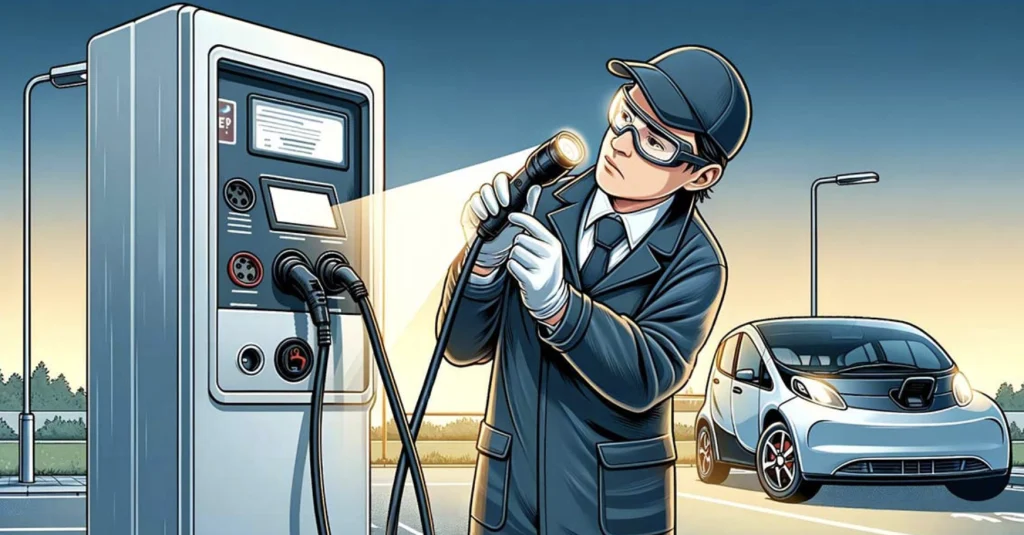
Products
Fast, Reliable, Everywhere

Solutions
Efficient, Innovative EV Charging Solutions.
News
We are committed to the innovation and application of EV charging.
As electric vehicles (EVs) become more mainstream, maintaining EV charging stations is crucial for ensuring reliability, efficiency, and longevity. These stations are a critical part of the EV ecosystem, and their seamless operation depends on proactive maintenance strategies. This guide explores why maintenance is essential, how it enhances performance, and best practices businesses should follow to keep EV charging stations in optimal condition.

EV charging stations must function reliably to support EV adoption. Regular maintenance ensures that users have consistent access to efficient and safe charging, reducing downtime and preventing unexpected breakdowns.
Charging stations are a significant investment, and routine maintenance helps extend their lifespan. Preventative maintenance reduces the likelihood of expensive repairs, minimizes operational disruptions, and ensures a better return on investment.
Unmaintained EV charging stations may experience performance issues, leading to longer charging times or charging failures. Regular inspections and servicing keep charging stations in peak condition, improving the overall user experience.

Businesses should partner with trusted EV charging service providers to ensure comprehensive maintenance and technical support. Service providers offer:
Advanced AI-driven analytics can predict maintenance needs by monitoring charger performance, usage patterns, and environmental conditions.
Smart charging stations with self-diagnostic capabilities can detect and report malfunctions in real-time, reducing downtime and maintenance costs.
The use of cloud platforms enables remote monitoring and control of EV chargers, making it easier to manage large-scale charging networks efficiently.

Maintaining EV charging stations is essential for ensuring reliability, reducing costs, and optimizing user experience. By implementing a proactive maintenance strategy, businesses can enhance the longevity of their charging infrastructure while improving customer satisfaction.
As the EV industry continues to evolve, integrating smart technologies, predictive analytics, and remote monitoring will be key to maintaining a resilient and efficient charging network.
1. How often should EV charging stations undergo maintenance?
Regular maintenance should be conducted every 3-6 months, depending on usage and environmental conditions.
2. What are common issues that affect EV charging stations?
Common problems include damaged connectors, software malfunctions, power supply disruptions, and overheating issues.
3. Can EV charging station maintenance be performed remotely?
Yes. Many modern stations support remote diagnostics and software updates, reducing the need for frequent on-site maintenance.
4. Why is firmware updating important for EV chargers?
Firmware updates improve charger security, efficiency, and compatibility with new EV models.
5. How can businesses optimize EV charging station maintenance?
Businesses can optimize maintenance by implementing a structured maintenance plan, using remote monitoring tools, and partnering with professional service providers.
